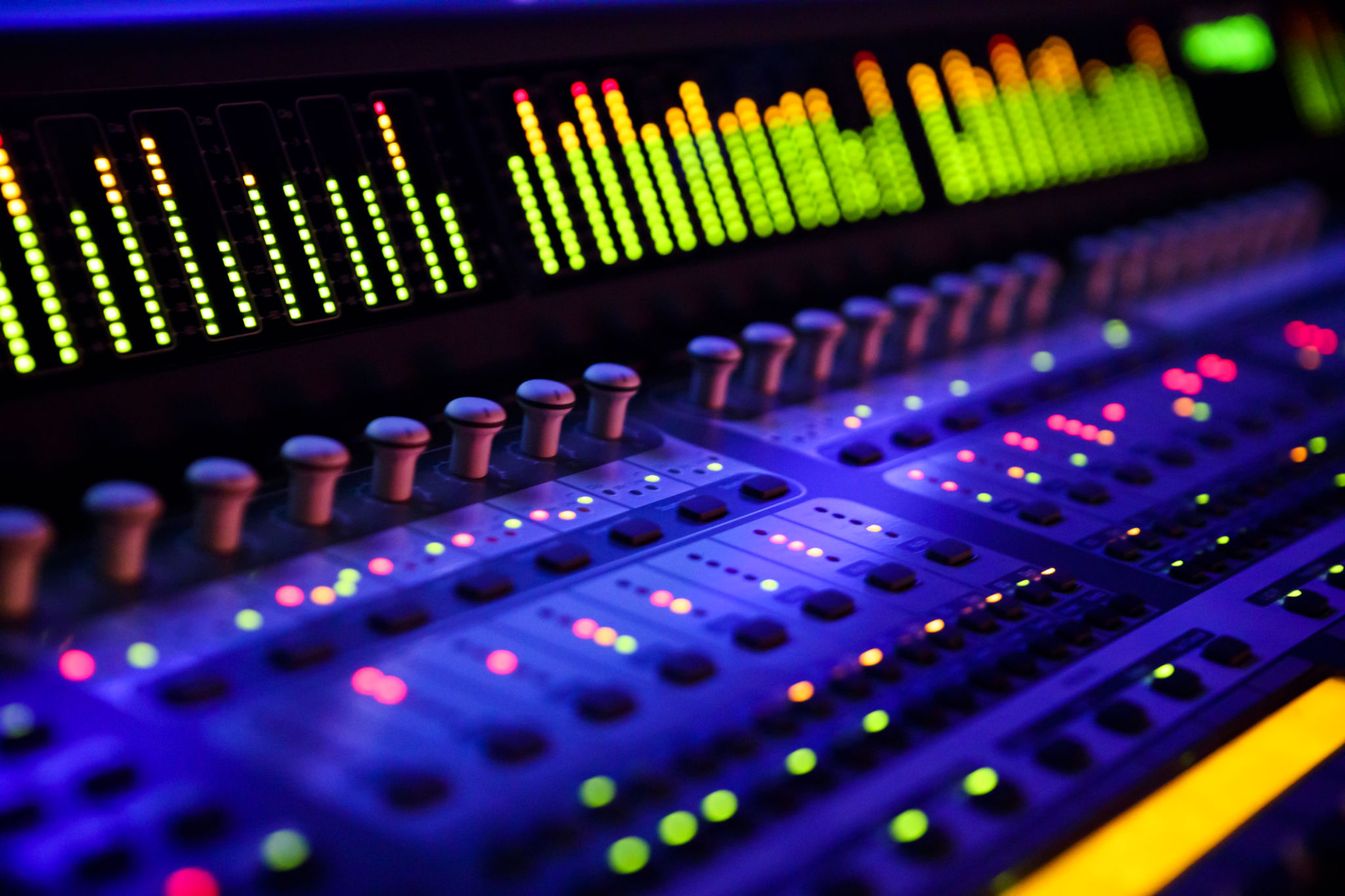The Role of Sound Design in Modern Music Production
Understanding Sound Design
In the realm of modern music production, sound design plays a pivotal role in shaping the auditory experience. It involves crafting audio elements tailored to evoke specific emotions and atmospheres, essentially becoming a crucial element in defining an artist's unique sound. Whether in pop, electronic, or film scores, sound design has transformed the way we perceive and enjoy music today.
Sound design is not just about creating sounds but also involves manipulating existing audio to achieve a desired effect. This can include altering pitch, tempo, and timbre to bring fresh dimensions to a track. With technological advancements, producers now have a wealth of tools at their disposal to push the boundaries of creativity.

The Tools of Sound Design
Modern sound design relies heavily on digital audio workstations (DAWs), synthesizers, and plugins. These tools enable producers to experiment with sound waves, creating textures and layers that were previously unimaginable. Synthesizers, in particular, allow for the generation of entirely new sounds through the manipulation of oscillators and filters.
Plugins extend the capabilities of DAWs by offering specialized effects and processing options. From reverb and delay to more complex effects like granular synthesis, plugins enable sound designers to transform ordinary sounds into extraordinary sonic experiences. This technological synergy between hardware and software is at the heart of contemporary music production.

The Impact of Sound Design on Genres
Sound design significantly influences various music genres. In electronic music, for instance, it is often the focal point, with producers crafting intricate soundscapes that define the genre's aesthetic. Similarly, in film scores, sound design is used to enhance storytelling by creating moods and supporting the narrative through audio cues.
Even genres like hip-hop and rock benefit from innovative sound design. Producers use sampling techniques to incorporate unique sounds into these genres, giving them a modern twist while maintaining their core elements. This cross-genre application of sound design showcases its versatility and importance in music production.

Challenges and Opportunities in Sound Design
While sound design offers endless creative possibilities, it also presents challenges. Striking a balance between innovation and accessibility is key. Producers must ensure that their creations resonate with audiences while still pushing artistic boundaries. This often requires a deep understanding of both technical skills and musical intuition.
However, these challenges also present opportunities for growth and experimentation. As more artists embrace sound design, the landscape of modern music continues to evolve. This constant evolution ensures that sound design remains a dynamic and exciting field for both creators and listeners alike.
The Future of Sound Design
Looking ahead, the future of sound design in music production is promising. With advancements in artificial intelligence and machine learning, we can expect even more innovative tools that will further enhance creative capabilities. These technologies have the potential to automate certain processes, allowing producers to focus more on artistic expression.
Moreover, as virtual reality (VR) and augmented reality (AR) become more prevalent, sound design will play a critical role in creating immersive audio experiences. The integration of these technologies will undoubtedly open new avenues for exploration and redefine how we interact with music.

Conclusion
In conclusion, sound design is an integral component of modern music production, shaping how we experience music across various genres. Its impact is profound, offering endless possibilities for creativity and innovation. As technology continues to advance, sound design will remain at the forefront of musical evolution, ensuring that our auditory experiences are as rich and diverse as ever.
